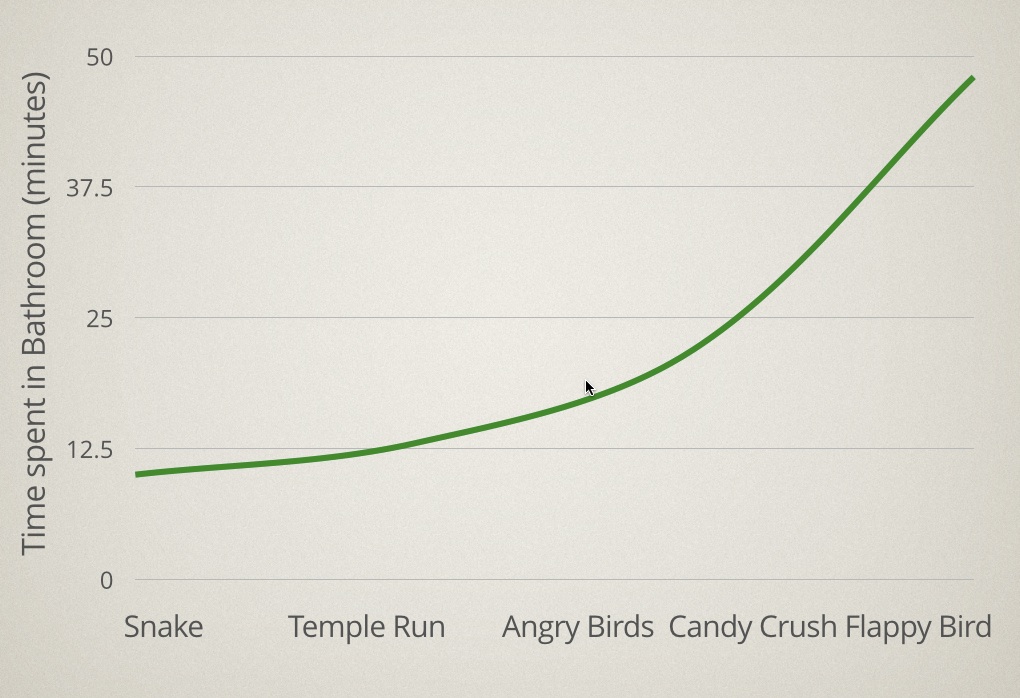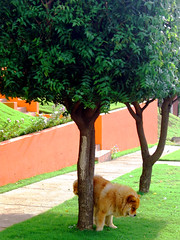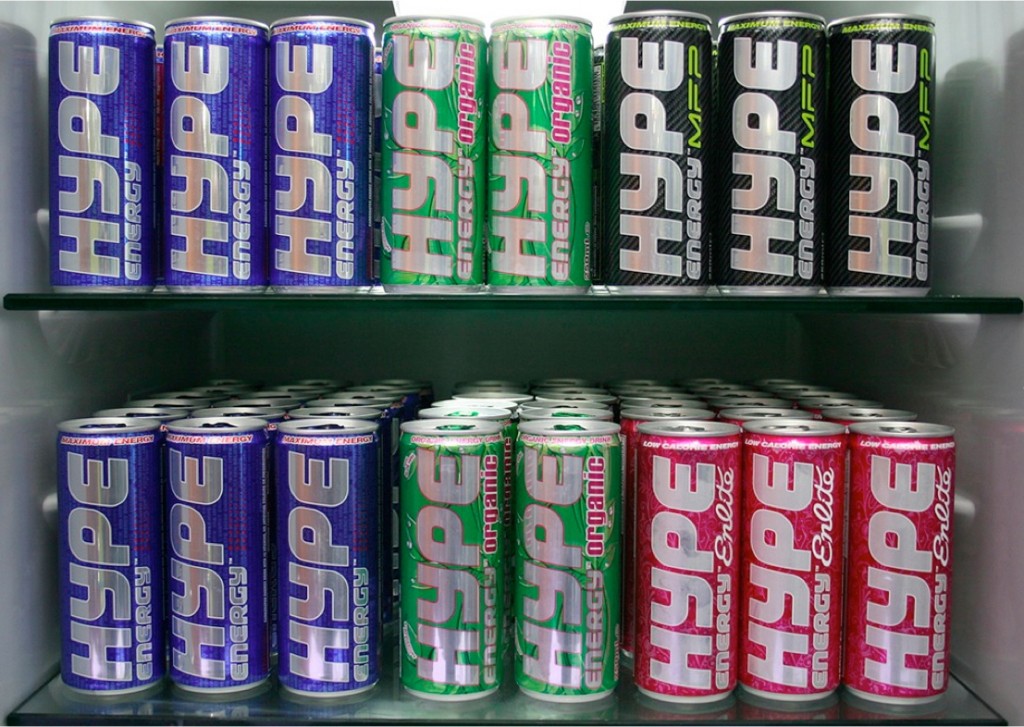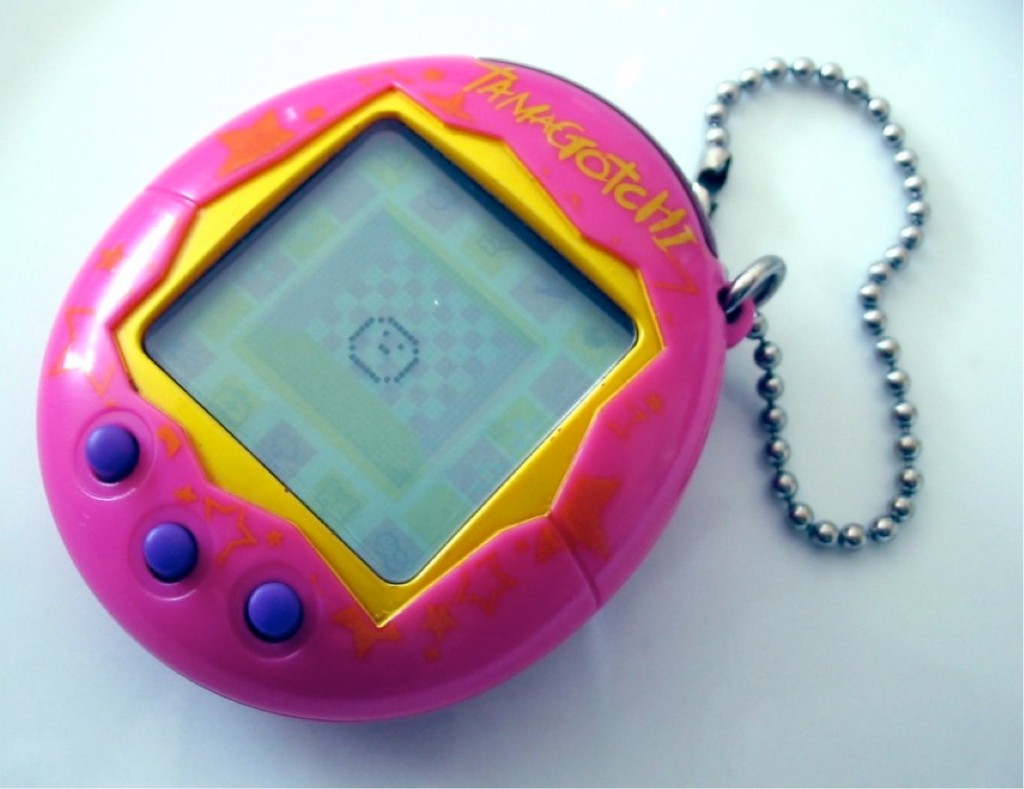Last weekend was a milestone for me: I spoke at my first TEDx event. I am a big fan of TED and learned a lot from watching their talks and using them as teaching materials for coaching other speakers. That’s why this was a big thing for me and I want to take this opportunity to thank the organisers and point out just how much out of their way they went to make this a great experience for all involved.

Hey, come and speak at TEDx!
I got introduced to the TEDx Thessaloniki folk by my friend Amalia Agathou and once contacted and approved, I was amazed just how quickly everything fell into place:
- There was no confusion as to what was expected of me – a talk of 18 minutes tops, presented from a central computer so I needed to create powerpoint or keynote slides dealing with the overall topic of the event “every end is a beginning”
- I was asked to deliver my talk as a script and had an editor to review it to make it shorter, snappier or more catered to a “TED” audience
- My flights and hotel were booked for me and I got my tickets and hotel voucher as email – no issue getting there and no “I am with the conference” when trying to check into the hotel
- I had a deadline to deliver my slides and then all that was left was waiting for the big day to come.
A different stage
TEDx talks are different to other conferences as they are much more focused on the presenter. They are more performance than talk. Therefore the setup was different than stages I am used to:
- There were a lot of people in a massive theatre expecting me to say something exciting
- I had a big red dot to stand and move in with a stage set behind me (lots of white suitcases, some of them with video projection on them)
- There were three camera men; two with hand-held cameras and one with a boom-mounted camera that swung all around me
- I had two screens with my slides and a counter telling me the time
- I was introduced before my talk and had 7 seconds to walk on stage whilst a music was playing and my name shown on the big screens on stage
- In addition to the presentations, there were also short plays and bands performing on stage
Rehearsals, really?
Suffice to say, I was mortified. This was too cool to be happening and hearing all the other speakers and seeing their backgrounds (the Chief Surgeon of the Red Cross, famous journalists, very influential designers, political activists, the architect who designed the sea-side of the city, famous writers, early seed stage VCs, car designers, photo journalists and many, many more) made me feel rather inadequate with my hotch-potch career putting bytes in order to let people see kittens online.
We had a day of rehearsals before the event and I very much realised that they are not for me. Whilst I had to deliver a script, I never stick to one. I put my slides together to remind me what I want to cover and fill the gaps with whatever comes to me. This makes every talk exciting to me, but also a nightmare for translators (so, a huge SORRY and THANK YOU to whoever had to convert my stream of consciousness into Greek this time).
Talking to an empty room doesn’t work for me – I need audience reactions to perform well. Every speaker had a speaking coach to help them out after the rehearsal. They talked to us what to improve, what to enhance, how to use the stage better and stay in our red dot and so on. My main feedback was to make my jokes more obvious as subtle sarcasm might not get noticed. That’s why I added it thicker during the talk. Suffice to say, my coach was thunderstruck after seeing the difference of my rehearsal and the real thing. I told him I need feedback.
Event organisation and other show facts
All in all I was amazed by how well this event was organised:
- The hotel was in walking distance along a seaside boulevard to the theatre
- Food was organised in food trucks outside the building and allowing people to eat it on the lawn whilst having a chat. This avoided long queues.
- Coffee was available by partnering with a coffee company
- The speaker travel was covered by partnering with an airline – Aegean
- The day was organised into four sections with speakers on defined topics with long breaks in between
- There were Q&A sessions with speakers in breaks (15 minutes each, with a defined overall topic and partnering speakers with the same subject matter but differing viewpoints)
- All the videos were streamed and will end up on YouTube. They were also shown on screens outside the auditorium for attendees who preferred sitting on sofas and cushions
- There was an outside afterparty with drinks provided by a drinks company
- Speaker dinners were at restaurants in walking distance and going long into the night
Attendees
The best thing for me was that the mix of attendees was incredible. I met a few fellow developers, journalists, doctors, teachers, a professional clown, students and train drivers. Whilst TED has a reputation to be elitist, the ticket price of 40 Euro for this event ensured that there was a healthy cross-section and the afterparty blended in nicely with other people hanging out at the beach.
I am humbled and amazed that I pulled that off and I was asked to be part of this. I can’t wait to get my video to see how I did, because right now, it all still seems like a dream.








